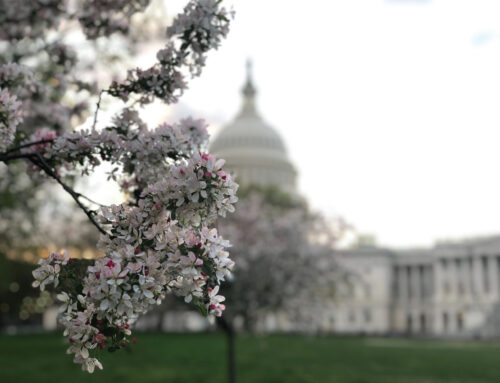On July 27, 2022, the House Education & Labor Committee met to discuss and mark up the Asuncion Valdivia Heat Illness and Fatality Prevention Act (H.R. 2193) as amended by the Amendment in the Nature of a Substitute (ANS), undermining a rulemaking procedure already underway at OSHA.
To make its position known to members of Congress, TCIA signed on to letter written by the Coalition for Workplace Safety, or CWS.
Just as with TCIA members, many CWS members have designed effective heat injury and illness prevention programs consistent with OSHA’s existing approach to address heat-related illnesses, which has been to provide extensive guidance that can be flexibly applied to meet a wide range of circumstances. OSHA’s use of this guidance, coupled with the general duty clause in enforcement proceedings in heat illness cases, has had positive results. It gives employers the flexibility to create a program that fits their unique environment while still providing useful information and elevating the concern around heat exposure. Every worksite is different, every company’s workforce is different, and climactic condition differ in various regions of the country. It is logical that an employer should have the freedom to weigh all these factors and produce the ideal approach to protecting its employees from excessive exposure to heat.
Regulating heat exposure is complex, as head of the Occupational Safety and Health Administration (OSHA), Assistant Secretary Doug Parker, acknowledged when he told Congress that a proposed standard is still two to three years away. To issue a workable nationwide standard, the agency must consider region and climate, work setting, nature of work and individual tolerance. As such, heat exposure does not lend itself to a rushed, one-size-fits-all rule.
Last Fall, OSHA announced an advanced notice of proposed rulemaking for heat exposure and invited public comment. TCIA’s comments urged OSHA not to rush to a rulemaking but to continue to promote the informative and easy-to-follow guidance that NIOSHA and OSHA have already developed, and to consider industry input while it drafts a flexible, performance-based rule.
As critical as employer groups have been over OSHA’s ability to write workable standards, the agency has far more expertise to develop a responsible standard than does Congress. H.R. 2193 would circumvent the opportunity for the regulated community to provide input and comments by imposing an interim final standard by an unrealistic deadline. An interim final standard approach bypasses the requirements of the Administrative Procedure Act (APA) and the Small Business Regulatory Enforcement Fairness Act (SBREFA) regulatory review process.
In addition to this bill forcing OSHA to issue an unworkable heat exposure standard, the ANS expands the amount of time OSHA has to bring a citation to four years from the occurrence of the violation, instead of the current six months, meaning that an employer could be subject to a citation for an alleged violation that happened many years ago involving employees no longer working for the employer.
TCIA urges its member to impress upon their representatives in Congress to let OSHA do its job, and to allow due process measures such as SBREFA and public comment make it so that the real experts – the employers and employees dealing with hazards like heat illness every day – can have meaningful input on the issue.



